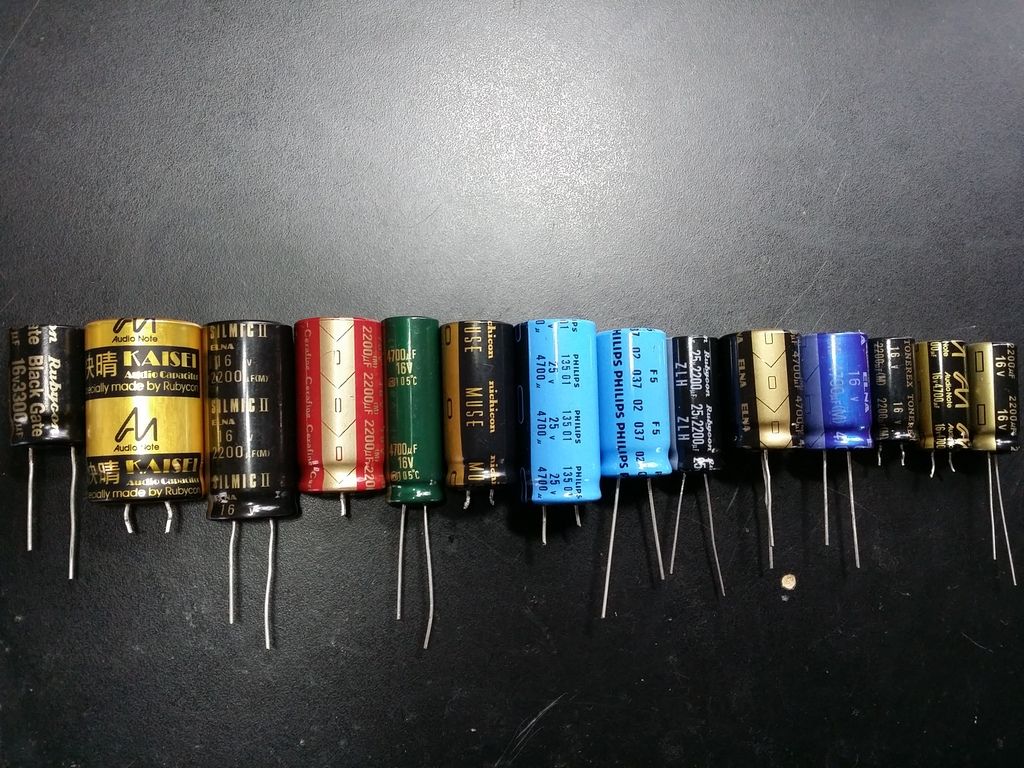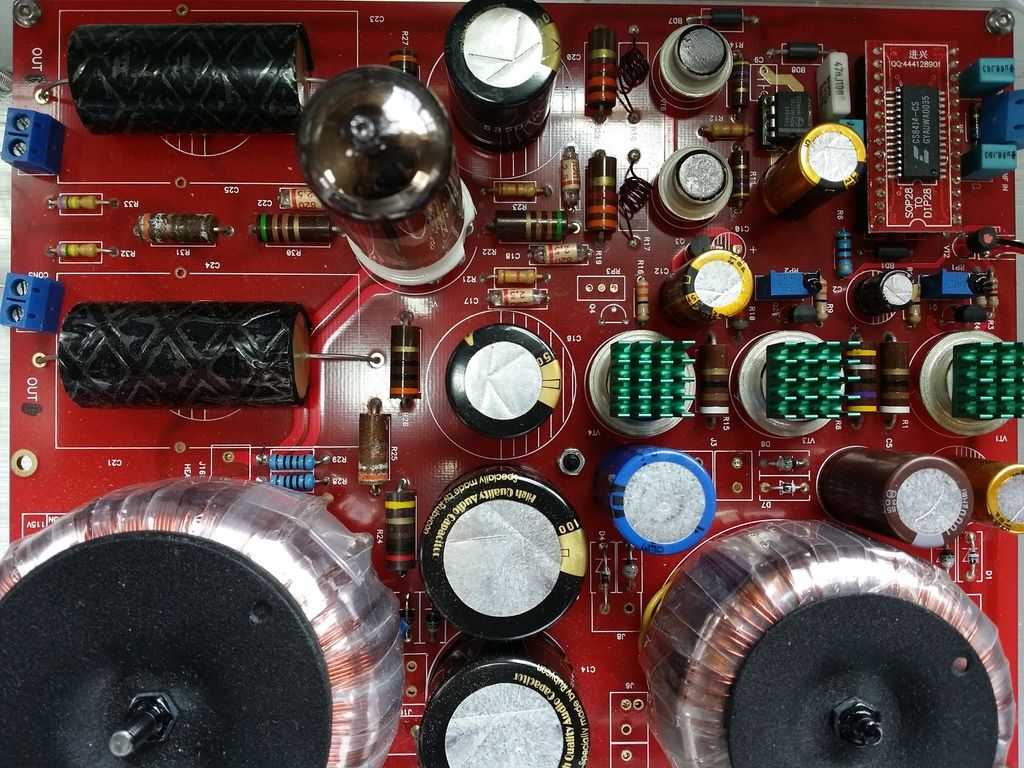SW1X AudioTM Design Large Capacitor Shoot Out
Here is a Shoot Out with a difference. You will be used to auditioning Hi Fi components, but now comes the opportunity to audition just a single component within a DAC and gain an insight into the painstaking process of voicing audio components. The subject of the shoot out is electrolytic capacitors with over 1000uF capacity.
Due to our continuous dedication to improve the quality of sound we routinely carry out voicing for all the parts we are employing in SW1X Audio Design products. We are researching the market for better sounding materials and components. On this occasion audio enthusiasts and music lovers are welcome to participate in judging the sound. It is a unique opportunity to find out how passive components (in this case capacitors) sound, even though buried and often ignored inside your audio equipment. Unfortunately the number of referees is limited to 5, therefore do not hesitate to apply to secure yourself a place.
The approach is quite straight forward. We are looking to control for just one factor i.e. one cap in one position. All burned in caps (for 96 hours as a minimum) are substituted one by one into a power supply of I/V conversion stage of 2 identical standard SW1X DAC 1s (one DAC 1 could be also Signature version as the reference). We will audition all caps in the form of a blind test i.e. all caps will be covered and marked with a number. We then will play all caps sequentially for duration of a short song. The referees write down their impressions (either freestyle or on a predefined form) and either discuss them immediately or later after the end of the run.
Refreshments will be served
The objective is to find a cap that sounds least compromised in all aspects.
Everything being relative, we are interested in opinions on a larger scale. There are currently over 10 capacitors short listed but we are open to suggestions. Current list includes:
Rubycon Black Gate STD, AN Kaisei, AN Standard, ZLH
Elna Silmic II, Cerafine, Tonerex, Startget, RA3, RE3,
Philips/Vishay BC 037, 046, 048, 047, 135, 136 Series
Panasonic Pureism, FM
Nichicon Muse KZ, FG
Of course, the list is far from complete. So feel free to suggest or bring any other capacitor with you for the contest.
The venue is located in Coggeshall, 25min off Stansted Airport
Date and time: noon time, Saturday, the 5th of November.
There will almost certainly be opportunity to listen to a hierarchy of up to three different complete audio systems within the SW1X household.
Should you be interested, please do not hesitate to get in touch with us




 Reply With Quote
Reply With Quote

 )
)
 Originally Posted by fatmarley
Originally Posted by fatmarley

